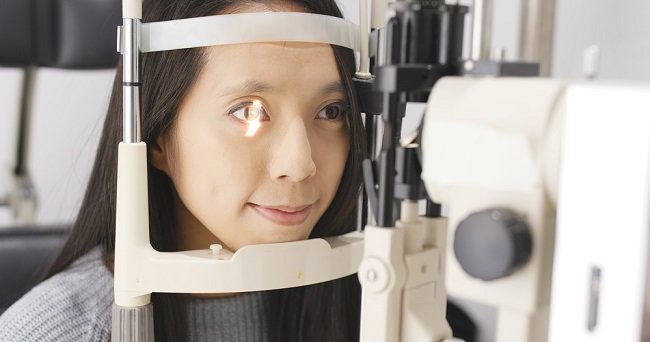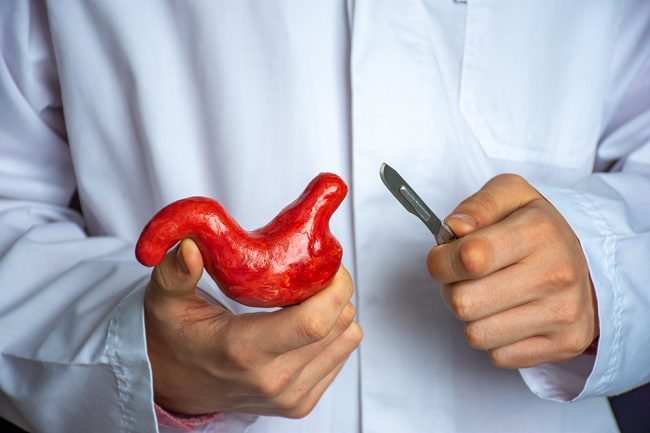Pelvic pain is pain that appears in the pelvic area or abdomen below the navel. The causes are varied, ranging from disorders of the reproductive organs to digestion.
Although more common in women, pelvic pain can be experienced by men. Symptoms of pelvic pain can also indicate a variety of health conditions, ranging from those that are not serious to those that require prompt treatment. Therefore, it is important for you to recognize what are the causes of pelvic pain.

Causes of Pelvic Pain
There are several conditions that can cause you to experience pelvic pain, including:
1. Ovulation pain
The release of eggs from the ovaries that occurs during ovulation can cause irritation and cause pain in the left or right lower abdomen. This pain usually comes before menstruation and will disappear within a few hours after appearing.
2. Appendicitis
Appendicitis can cause pelvic pain, especially in the lower right abdominal area. Pelvic pain caused by appendicitis can be more painful when you cough, walk or make brisk movements. Usually this pain is accompanied by other symptoms such as fever, nausea, and vomiting.
Appendicitis is treated with an appendectomy. This surgery is usually not an emergency. However, if the inflammation is very severe and causes complications, usually surgery should be done immediately.
3. Urinary tract infection
A urinary tract infection (UTI) can also cause pain in the lower middle abdomen. In addition to pelvic pain, UTI is also characterized by symptoms such as pain when urinating, cloudy urine and difficulty holding back urination.
Urinary tract infections are easy to treat if found quickly. However, if left untreated for a long time, UTIs can lead to dangerous complications such as kidney infections.
4. Irritable bowel syndrome (IBS)
The following causes of pelvic pain are: irritable bowel syndrome (IBS). IBS not only causes pain in the pelvic area, but also digestive disorders such as stomach cramps, bloating, constipation, or diarrhea. This condition is closely related to stress. So, if pelvic pain occurs when you're under stress, it's likely IBS.
5. Pelvic inflammation
Pelvic inflammation is at risk for women who suffer from sexually transmitted infections, frequently change sexual partners, have sex without a condom, and use an IUD (spiral) contraceptive.
In addition to pelvic pain, other complaints that accompany pelvic inflammation include pain during urination, pain during sexual intercourse, and vaginal discharge or bleeding from the genitals. Pelvic inflammation needs to be treated immediately when it is found. If left for a long time, this condition can cause infertility.
6. Kidney stones
The pain felt in kidney stones actually depends on the position of the stone in the urinary tract, from the kidneys to the genitals. Pelvic pain can be felt when the kidney stone is traveling to the bladder.
In addition to pelvic pain, during its journey, stones can also cause pain in the back, abdomen and genitals. Other accompanying complaints may include blood in the urine, only a small amount of urination, nausea, and vomiting.
Treatment for kidney stones varies depending on their size. If the size is small, the stone can pass on its own with urine. However, if the stone does not come out on its own, a stone crushing procedure may be required using a special tool called an ESWL.
In addition to those mentioned above, other causes of pelvic pain that can occur are hernias, intestinal obstruction, fibromyalgia, prostatitis, ectopic pregnancy, ovarian cyst, and cancer.
Pelvic pain can be a sign of various diseases. Although some are harmless, not a few of these diseases require rapid diagnosis and treatment. Therefore, if you experience pain in the lower abdomen that does not go away, especially if it is accompanied by other complaints, you should immediately consult a doctor.









